Poorest Countries In The World: Poverty-stricken nations are frequently also affected by other problems, such as violence, famine, and climate change. Here, we take a glance at the world’s 10 financially poorest countries, as well as the variables that go into determining this position.
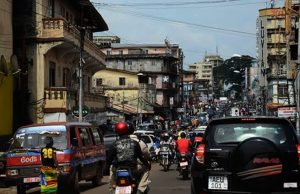
We’ll concentrate on Gross National Income for the sake of this ranking (GNI). We’ll go a step farther by referring to the Human Development Reports of the United Nations Development Programme. These ranks nations based on their GNI, as well as their expected lifespan, predicted years of schooling, and average years of schooling.
Recommended: Countries with the best police force in the world
Top 13 Poorest Countries In The World by GNI
1. Mozambique: Mozambique is a resource-rich country that has made significant progress toward becoming among Africa’s fastest-growing economies. The country, even so, is still trying to recover from a civil war that lasted for 16 years, beginning in 1975 when it declared independence from Portugal and ended in 1992.
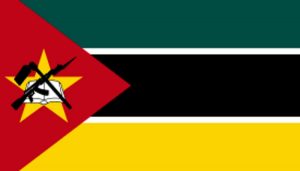
According to the 2018 United Nations Human Development Report, the average gross national income (GNI) per capita is $1,093 and the average lifespan is 58.9. By the most current World Bank estimate from 2014, over % of Mozambicans live in abject poverty. While residents are expected to finish 9.7 years of schooling, the average number of years spent in school is just 3.5.
2. Liberia: Liberia, Africa’s oldest country, was torn apart by civil conflicts between 1989 and 2003. Although peace has since triumphed over war, the GNI per capita is still only $667, with an average lifespan of only 63 years. The West African Ebola pandemic of 2014-16 hit Liberia severely, infecting 10,675 Liberians and killing 4,809. The epidemic has had a prolonged effect on the standard of living of citizens.
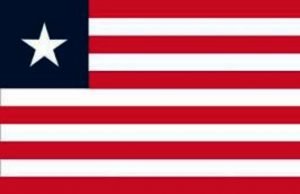
In 2016, the World released a study that showed that about half of the population lives in poverty. Typically, Liberians barely finish 4.7 education, even though education is supposed to span ten years. The needs are immense, and Concern International has been operating in Liberia for 23 years to alleviate the impacts of hardship.
Recommended: Differences between Subsistence and Commercial Agriculture
3. Mali: Mali’s capital, Bamako, historically thrived as a trade hub and is now the continent’s fourth-largest nation. Nonetheless, the country now has a GNI per capita of $1,953 and a mortality rate of 58.5 years. This country in 1960 won independence from France.
Due to the country’s continuous violence and war, the average number of years spent in school is only 2.3, in comparison to expected years of schooling of over 7.7. According to the most current World Bank data dated 2009, nearly 41% of the population is poor.
4. Burkina Faso: Burkina Faso, which is bordered by Mali and Niger, is yet another French colony that has seen strife and coups since its freedom in 1960. Lack of rain has also afflicted the nation, resulting in an average of 1.5 years of education rather than the 8.5 years projected.
Burkina Faso has a $1,650 per capita GDP and a mortality rate of 60.8 years. According to World Bank figures from 2014, slightly over 40% of the population is poor.
Recommended: Countries with the highest currency in the world
5. Sierra Leone: In 2002, an international peacekeeping deployment assisted in ending Sierra Leone’s 11-year civil conflict. Although the country has developed in peacetime, it was among the two nations most impacted by the Ebola outbreak in 2014-2016, alongside Liberia. The most current statistics available from the World Bank before the outbreak, with estimates from 2011 suggests that approximately 53% of Sierra Leoneans are poor. With a GNI per capita of approximately $1,240 and an average of 3.5 years of education, the nation has a mortality rate of 52.2 years in contrast with the assumed 9.8 years.
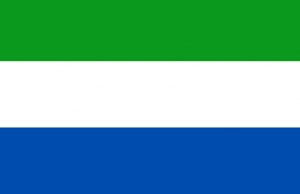
Concern arrived in Sierra Leone amidst the country’s political wars and has remained for the past 23 years. Even though the Ebola epidemic is ended and the economy has recovered in part thanks to the return of coal and iron mining, the future remains grim.
6. Burundi: Since its liberation from Belgium in 1962, the Republic of Burundi has been at odds with itself. The struggle, which culminated in a bloody conflict in 1994, has left roughly 65% of the people in abject poverty. With an average lifespan of 57.9 years, its GNI per capita is meagre of $702. In comparison to projected schooling of 11.7 years, most children hardly finish three years of schooling.
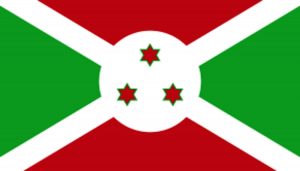
From 1997, international aid has been working in Burundi. Their present concentration is on healthcare, nourishment, and sustainability initiatives. Furthermore, they have made maternal and child health a top focus in Burundi. The country is among the most hazardous areas on the planet to give birth, with 740 fatalities per 100,000 live births.
Also see: How to start a business with small capital and be successful
7. Chad: Notwithstanding the $4 billion pipeline connecting the nation’s oil resources to seaports, Chad is among the world’s poorest countries due to inadequate utilities and warfare, particularly from the extremist organization Boko Haram. Due to ongoing violence and environmental problems, over 48% of Chadians are economically vulnerable. The country’s average lifespan is 53.2 years, with a per capita CNI of $1,750. In comparison to the planned 8 years of education, most children acquire just 2.3 years of education.
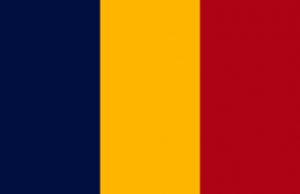
Some international aid has now arrived in Chad, addressing the humanitarian issues of displaced communities in the Lake Chad region by launching diet and wellness programs to provide life-saving support.
8. South Sudan: South Sudan, in July, 2011 attained independence but the country has had a violent past coupled with increased migration, and growing humanitarian needs. According to a 2016 study from the World Bank, approximately 82% of South Sudanese people are dwelling in abject poverty. While the mean and anticipated years of schooling are similar, at 4.8 and 4.9 years, accordingly, the average lifespan is only 57.3 years and GNI per capita is $963.
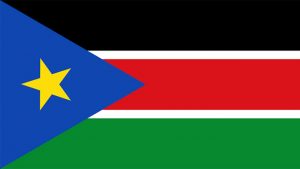
With almost 2 million South Sudanese displaced people living overseas with some 1.74 million made homeless, widespread relocation puts enormous strain on people’s capacity to adapt.
Also see: Fast-growing companies in Africa 2024
9. The Central African Republic: The world’s hungriest country is among the poorest, which is unsurprising. The Central African Republic was the sole nation with “very worrying” hunger levels, according to the 2018 Global Hunger Index (GHI). The link between hunger and poverty is very evident.
Based on estimates from the World Bank, more than 50% of Central Africans live in abject poverty, with an UN-estimated average lifespan of only 52.9 years. The country’s GNI per capita is $663, with an average of 4.3 years of education completed vs the desired 7.2 years.
From 2013, ethnic or religious violence in the Central African Republic (CAR) has grown from a quiet catastrophe to a complicated humanitarian disaster. Over 50% of the 4.6 million people have seen their livelihoods and living situations ruined by the war.
10. Niger: Niger is among the poorest nations, with a GNI per capita of $906, an average lifespan of 60.4 years, and an average of 2 years of education (compared to an anticipated 5.4). According to World Bank figures from 2014, 44.5 % of the country’s 21.5 million people live in severe poverty.
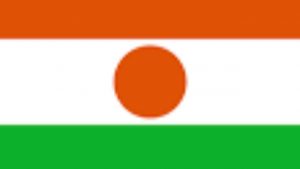
In Niger, impoverishment is manifested by a high incidence of food shortages, diseases such as chronic malaria, and limited access to basic amenities such as water and sanitation. Within the last two decades, agricultural crises have accumulated into hunger and health difficulties, affecting a large portion of the Nigerien people and risking the lives of its citizens. In the previous ten years, this has resulted in three significant crises.
Recommended: Universities That Offer Software Engineering In Nigeria
11. South Sudan: The country has significant mineral resources despite its poverty, and $221 per year per person.
It is especially rich in oil, and as a result of the 2005 peace agreement, it also participates in the benefits thereof.
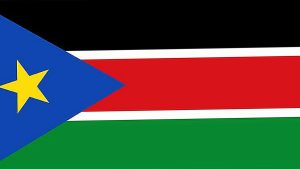
According to a World Bank study, the oil revenues that accumulate in the autonomous government would be enough to reduce poverty and improve the living conditions of the population of southern Sudan.
12. Malawi: $326 per year per person. Malawi is among the world’s least developed countries. Malawi’s economy is highly dependent on agriculture, on which it depends for more than 30% of its GDP. 90% of its exports come from the primary sector and more than 80% of the total exported is tobacco.
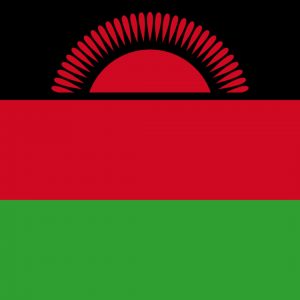
Malawi has a large percentage of rural population, 85%, which makes it one of the least urbanized countries in the world. Malawi’s government is heavily dependent on foreign aid, which was curtailed in 2008 due to suspicions of corruption.
13. Burundi: $343 per year per person. Burundi is a landlocked country and poor in natural resources. Its economy is predominantly agrarian. In fact, this sector accounts for more than 50% of the country’s Gross Domestic Product and employs more than 90% of the active population. Within this activity, 90% corresponds to subsistence agriculture, which positions it as one of the least developed countries on the planet. At least 80% of Burundi’s population live below average per day.
A situation that has its roots in the country’s lack of resources, but also in legal insecurity, lack of economic freedom and lack of education. Health problems are also added, such as the prevalence of AIDS among its population. Thus, 56.8% of children under 5 years of age suffer from chronic malnutrition.
Recommended: Best Programming Languages To Learn For a Job in 2024
Conclusion
The world’s riches and resources are sufficient to provide a basic level of life for the whole human race. However, individuals in Burundi, South Sudan, and Somalia, for example, continue to live in abject poverty.
While pinpointing a single reason for long-term poverty is difficult, this list has presented an unending range of possibilities.

Edeh Samuel Chukwuemeka, ACMC, is a lawyer and a certified mediator/conciliator in Nigeria. He is also a developer with knowledge in various programming languages. Samuel is determined to leverage his skills in technology, SEO, and legal practice to revolutionize the legal profession worldwide by creating web and mobile applications that simplify legal research. Sam is also passionate about educating and providing valuable information to people.